MASARRAT MISBAH ON RAMADAN, SPIRITUALITY AND WOMEN’S RIGHTS
by ASJAD NAZIR
KINDNESS is a quality closely connected to Ramadan and for Masarrat Misbah, that act of making a positive difference has become her life’s mission.
Instead of being content with her business empire and mountain of awards, the legendary Pakistani beauty entrepreneur turned philanthropist has been tirelessly helping victims of acid attacks and kerosene oil burns in various ways with her Depilex Smile Again Foundation (DSAF) since 2003. She has also helped to change government policy for acid attack victims and inspired many others.
Her kindness is rooted in her spiritual belief of helping others, so that is why she will spend this holy month helping others, praying for them and raising awareness.
Eastern Eye caught up with the inspirational Masarrat Misbah to discuss her Ramadan plans, spirituality and making a difference.
How has lockdown been for you?
This Covid-19 pandemic spread has taught us many lessons. We fully adopted the new normal, including social distancing and working from home. I’m always optimistic and hopeful of the blessings of Allah, so have taken things as a learning opportunity. I spent quality time with my parents, children and grandchildren. I’m a businesswoman and had to reform (my company) Depilex accordingly. I had to also ensure that the burn victims registered with DSAF were looked after during lockdown. So, we raised funds and provided essentials to the families.
How will you spend Ramadan this year?
Ramadan is the month of blessings. Most of my time is devoted to prayers and thanking Allah for all the blessings. My Ramadan is also dedicated to helping burn victims registered with DSAF. Like every year, I will participate in Ramadan special transmissions hosted by leading TV channels and focus on issues relating to human rights, and violence against women in particular. I highlight the respect and rights which Islam has bestowed on women. Appeals will be made for philanthropists to help DSAF in reviving the lives of victims who are suffering because of the atrocities of acid throwing.
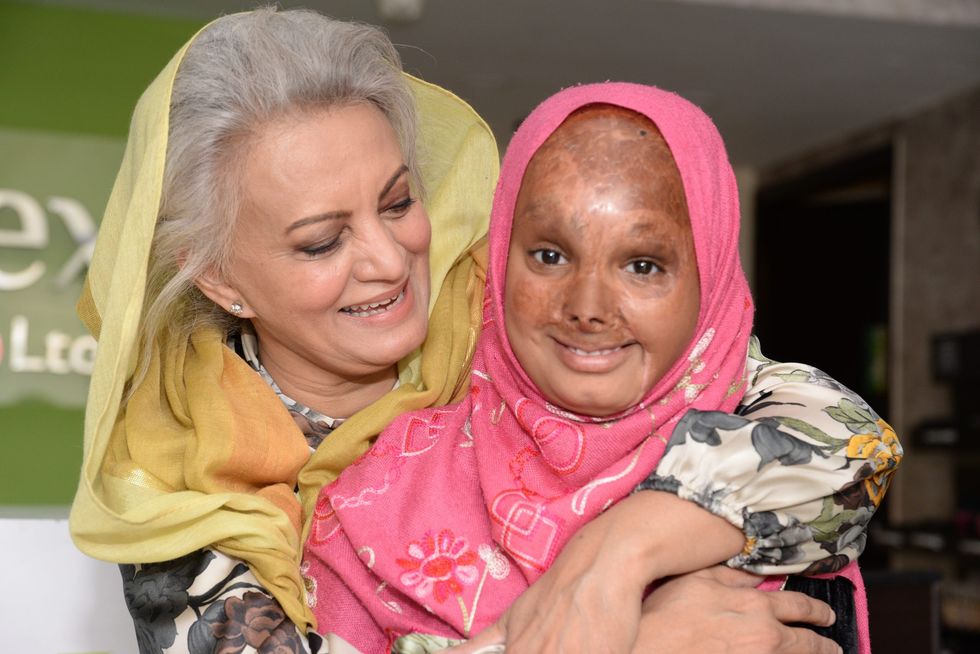
You help acid burn victims throughout Ramadan and raise funds for them. How does the holy month affect you?
As humans we tend to take everything in life for granted and forget to thank our creator for his many blessings. But during Ramadan, fasting instils in us a sense of gratitude. It makes us appreciate the value of food. Gratitude elevates our taqwah. Consequently, we become more compassionate towards the poor and needy. We give charity in the name of Allah and that brings us closer to the Almighty.
How do you structure your workday during Ramadan?
My workday starts at the Depilex beauty clinic, which is my business hub. I make sure clients are served well and safety precautions are fully implemented. In the afternoons, I usually participate in special Ramadan programmes telecast live by various national TV channels. After that, I go home and have iftar with my family. Then there are some scheduled social media sessions and webinars, where I’m invited as a guest speaker or panellist. Sometimes I’m invited to official iftar dinners also.
What are your fondest memories of Ramadan?
I try and spend Ramadan with my family in Karachi and it becomes festive. The whole family gets together for iftar, where we have delicious dishes prepared by my sisters and mother, followed by prayer to thank the Almighty for his unending blessings. The day ends with taraweeh at home. Sometimes our neighbours also join us. My fondest memory is that one day my father decided to make halwa. The kitchen was all topsy-turvy, but the end result was delicious halwa that was enjoyed by everyone.
What are your favourite foods during the holy month?
I like to have balanced, healthy food. While we enjoy potato fritters or other fried items, we make sure to have fruits for a healthy balance. There are lentil fritters that my mother makes, and those are my favourite.
What do you do to stay healthy?
Drinking plenty of water, brisk walks, proper sleep and positive thinking are the fundamental principles to remain healthy. Having good eating habits makes me fit and energetic. I eat everything in the right portions and my choice of food is always healthy, and organic.
How much has spirituality helped you?
Belief in Allah and spirituality has always helped me in life. Spiritual strength helps to overcome hardships. It restores hope and optimism. It has helped me develop a more hopeful outlook in life. It strengthens my bond with Allah Almighty. Helping his creatures further strengthens that bond.
Have your spiritual beliefs affected your work?
DSAF is very close to my heart. It was established to help people in need. Years back a lady in a veil walked into my salon and asked me to make her beautiful. I was left silent for a moment when I found her face was mutilated because of acid throwing. I believe this happened for a reason, because Allah has chosen me to help burn victims. My belief in Allah gave me power to work for humanity and I feel blessed for this. Not only this, Allah subhana talla has given me the opportunity to support the livelihood of women and men by employing them at Depilex beauty clinics.
What are you most thankful for during this Ramadan?
It’s not only the month of Ramadan, but it is every day of the year that I thank Allah for his unlimited blessings. The best way to do this is to help his people who are in need. We should all help them always, but specially during Ramadan, as Allah has promised us forgiveness for our past sins if we beg him for forgiveness sincerely. It is the best time to repent for our mistakes, pray and recharge our relationship with Allah.
What can we expect next from you?
I would like to see all the acid burn victims being empowered and I want to make them smile. I would like them to stand on their feet and fight for their rights while fulfilling their responsibilities.
What inspires you?
I am inspired by historical Islamic female personalities and learn from their life experiences. I look up to Hazrat Khadija (RA), who was more than Prophet Muhammad’s (PBUH) confidante and companion – a wealthy businesswoman and trader, she supported him morally and financially when he was granted prophethood. The others to follow were Aisha bint Abu Bakr (RA), who transmitted expanses of knowledge from him, became a great jurist and scholar. Umme Salama’s (RA) counsel was accepted by the Prophet at the time of the treaty of Hudaybiyyah. Hafsa (RA), daughter of Umar Ibn Al-Khattab was the first person to be entrusted with the written Qu’ran after the death of her father.
See www.depilexsmileagain.com

















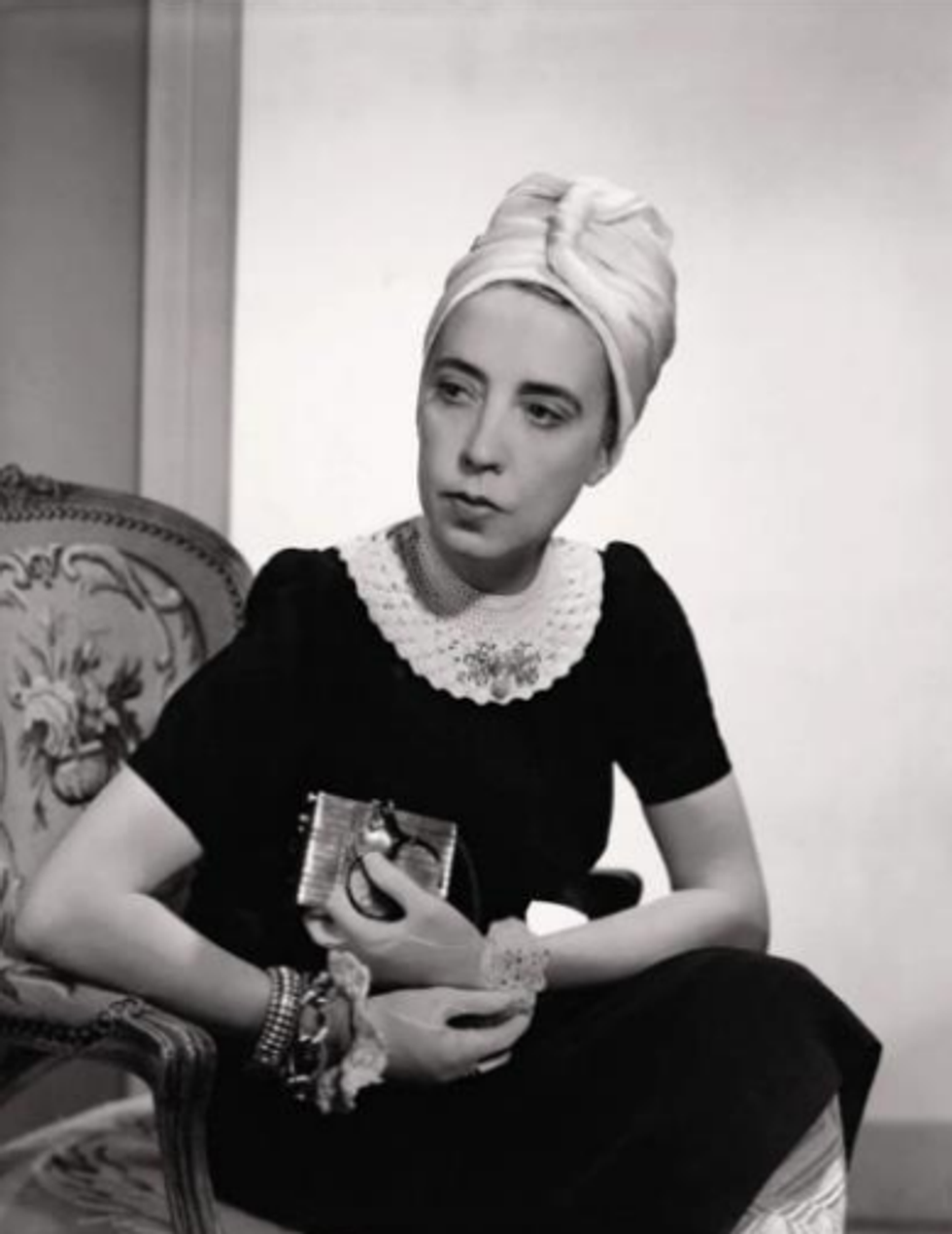 Vogue 1940; Designer Elsa Schiaparelli wearing black silk dress with crocheted collar of her own design and a turbanFredrich Baker/Condé Nast via Getty Images
Vogue 1940; Designer Elsa Schiaparelli wearing black silk dress with crocheted collar of her own design and a turbanFredrich Baker/Condé Nast via Getty Images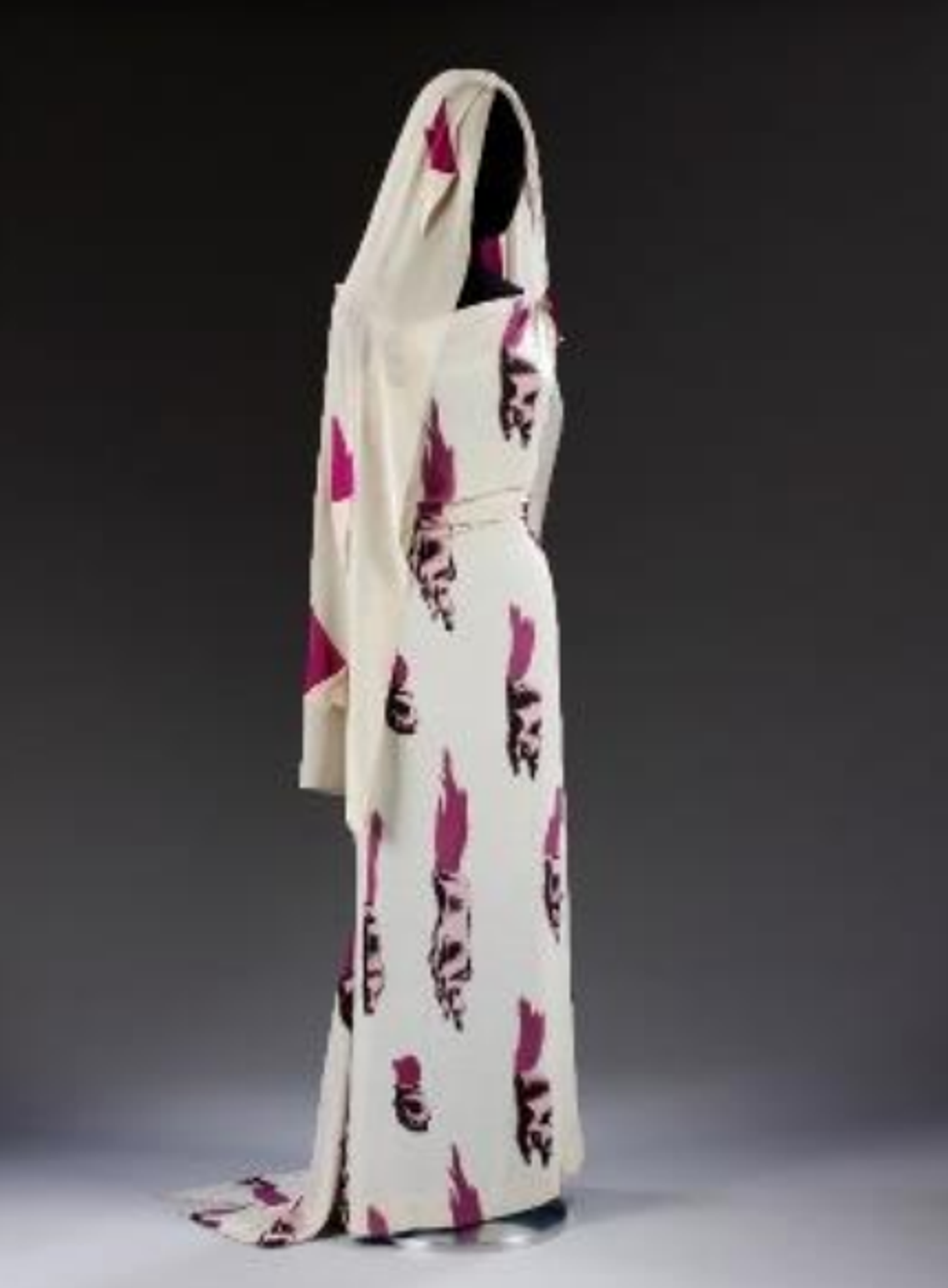 'Tears' Evening dress and head veil, designed by Elsa Schiaparelli, February 1938 for Circus Collection, summer 1938. Fabric designed by Salvador Dali Victoria and Albert Museum, London
'Tears' Evening dress and head veil, designed by Elsa Schiaparelli, February 1938 for Circus Collection, summer 1938. Fabric designed by Salvador Dali Victoria and Albert Museum, London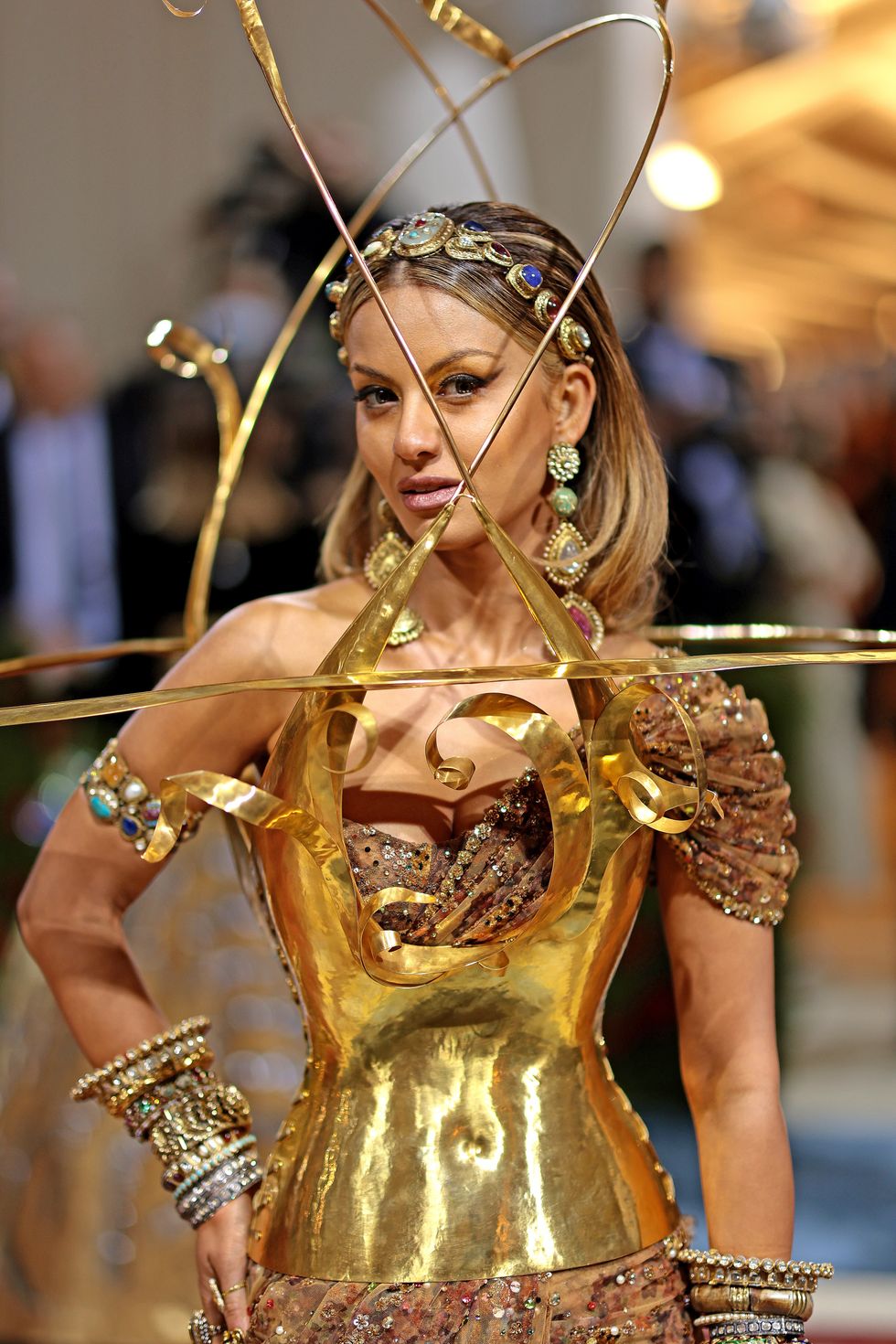 Natasha Poonawalla attends The 2022 Met GalaGetty Images
Natasha Poonawalla attends The 2022 Met GalaGetty Images 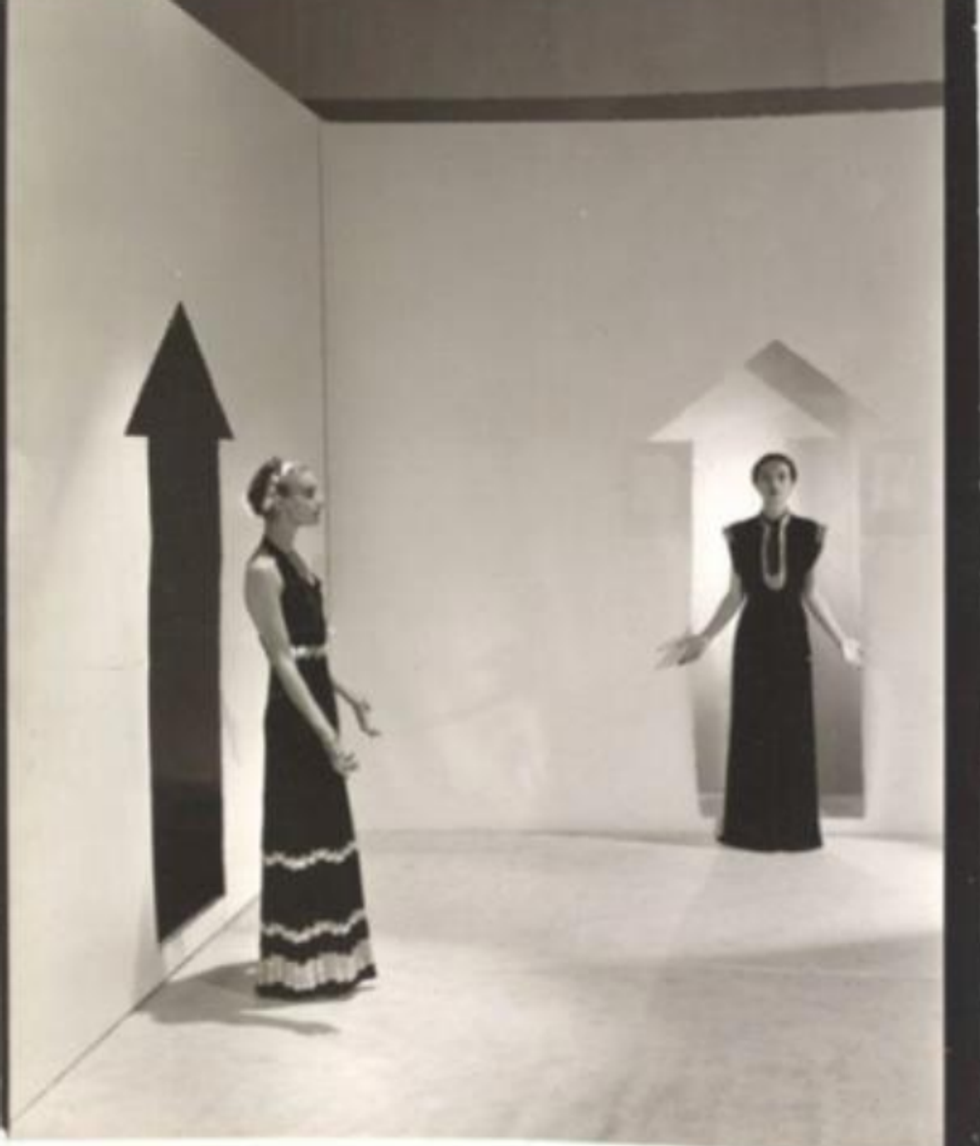 Vogue 1936; Two models, standing in a white room with arrows painted on walls and wearing dresses by Schiaparelli;Cecil Beaton/Condé Nast via Getty Images
Vogue 1936; Two models, standing in a white room with arrows painted on walls and wearing dresses by Schiaparelli;Cecil Beaton/Condé Nast via Getty Images


 Many of these beaches are tidal and best enjoyed at low tideiStock
Many of these beaches are tidal and best enjoyed at low tideiStock It’s also unofficially clothing-optionaliStock
It’s also unofficially clothing-optionaliStock Framed by the turquoise seaiStock
Framed by the turquoise seaiStock It’s best visited early or late in the dayiStock
It’s best visited early or late in the dayiStock